Why are certain legal research tools popular with lawyers and legal enthusiasts while others fall by the wayside?
The secret lies in what most people take for granted - user experience (UX). For legal research products or tools specifically, having an intuitive UX can significantly enhance both efficiency and satisfaction for lawyers.
This article dives into the transformative potential of user experience design for legal research products like apps and websites. Our goal is to give legal professionals, product managers, and tech enthusiasts an in-depth understanding of how UX design can revolutionize legal research tools.
We will explore essential UX principles, cutting-edge strategies, and practical tips so your legal research product stands out in a competitive market.
Come along as we demonstrate how exceptional user experience design can transform ordinary legal research products or tools into powerful allies in our pursuit of legal excellence.
The Role of UX in Legal Research Tools
Redefining Legal Research through UX
How does UX redefine legal research? UX design is changing the way legal professionals conduct research. Traditionally, legal research tools were complex and difficult to navigate, often requiring extensive training.
With the integration of user-centric design principles, these tools have become more intuitive, making it easier for users to find and analyze information efficiently.
Historically, legal professionals relied on cumbersome methods to access and manage legal information. The advent of digital research tools brought convenience but also introduced new challenges related to usability.
Modern UX design addresses these challenges by simplifying interfaces, enhancing search functionalities, and providing personalized user experiences.
Importance of a Seamless User Experience
Why is a seamless user experience crucial for legal researchers? Legal professionals often work under tight deadlines and immense pressure. A tool that is difficult to use can significantly hinder their productivity and increase frustration.
Conversely, a well-designed UX can streamline their workflow, allowing them to focus on critical analysis rather than navigating the tool itself.
Key benefits of a seamless user experience:
Intuitive Navigation: Simplifies the process of finding and accessing information quickly.
Efficient Search Capabilities: Advanced search algorithms help users locate relevant data faster.
Accessible Information Presentation: Clear, logical interfaces enhance understanding and reduce cognitive load.
Reduced Training Time: User-friendly design minimizes the need for extensive training, allowing professionals to get started quickly.
Increased Productivity: Streamlined workflows enable legal professionals to focus on critical tasks rather than struggling with the tool.
In the next section, we will dive into the core UX design elements vital for creating effective legal research products.
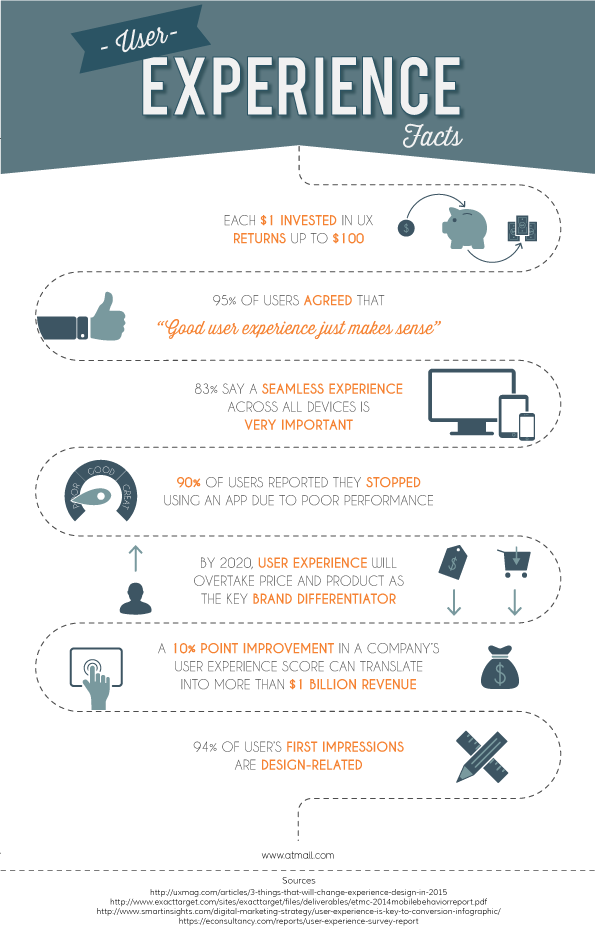
Core Elements of UX Design in Legal Research Products
Intuitive Navigation and Interface Design
Why is intuitive navigation crucial in legal research tools? Legal professionals often need to access vast amounts of information quickly. Intuitive navigation ensures users can find what they need without unnecessary clicks or confusion. A well-designed interface guides users effortlessly through the tool, reducing frustration and saving time.
Examples of effective interface design:
Clear Menu Structures: Logical categorization and labeling of menu items.
Breadcrumbs: Visual trails that help users understand their location within the tool.
Consistent Layouts: Uniform design patterns across different sections for predictability.
Below is a perfect example of an effective Interface designed by our team. View full case study here
Efficient Search Functionality
Have you ever wondered how search functionality impacts legal research?
The basis of any legal research tool is its search capability. Efficient search functionality enables users to find specific information quickly, making their research process more effective. This involves not just the speed of search results but also the relevance and organization of the results.
Techniques for optimizing search UX:
Advanced Filters: Allowing users to narrow down search results based on specific criteria.
Autocomplete Suggestions: Predictive text that helps users find what they need faster.
Highlighted Results: Displaying key terms and phrases prominently in search results.
Data Visualization and Analytics
Legal research often involves analyzing large sets of data. Data visualization tools help users interpret and understand this data more easily. Visual elements like charts, graphs, and tables make complex information more accessible and understandable.
Best practices for integrating analytics:
Interactive Charts: Allowing users to interact with data visualizations for deeper insights.
Customizable Dashboards: Users can tailor the data display to meet their specific needs.
Clear Visual Hierarchy: Organizing visual elements to highlight the most important information first.
In the following section, we will explore how UX design can enhance the efficiency of legal research by streamlining processes and reducing cognitive load.
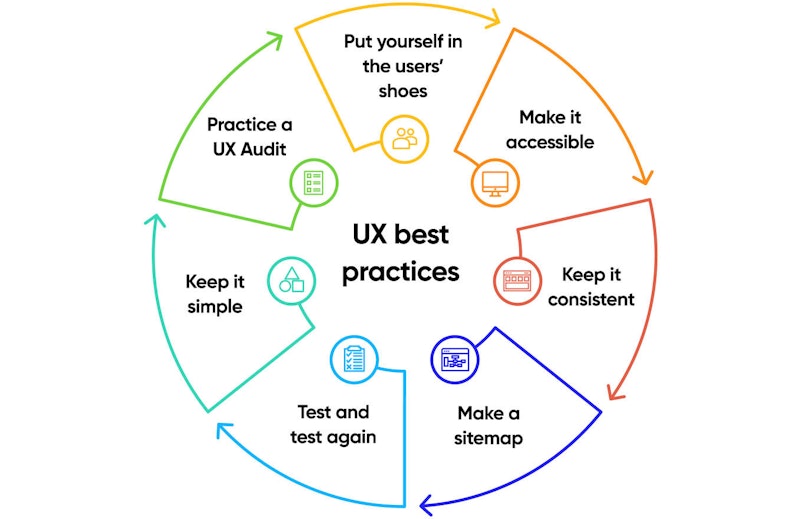
Enhancing Legal Research Efficiency with UX
Streamlining Research Processes
How can UX design streamline legal research processes so that legal professionals can work more efficiently and effectively?
Legal research can be complex and time-consuming, but well-designed UX can simplify these processes, making them more efficient. By breaking down tasks into manageable steps and providing clear guidance, UX design can significantly reduce the time and effort required to complete research.
5 Strategies for streamlining Legal research workflows:
Task Automation: Automating repetitive tasks to save time.
Step-by-Step Guidance: Providing users with a clear path to complete tasks.
Integrated Tools: Combining multiple functionalities into a single interface to avoid switching between different tools.
Smart Document Management: Implementing features such as automatic categorization, tagging, and version control to manage documents efficiently.
Collaborative Features: Enabling real-time collaboration and communication within the tool to streamline team efforts and improve productivity.
3 Benefits of Optimized Processes:
Reduced Errors: Clear instructions and automation reduce the likelihood of mistakes.
Time Savings: Streamlined workflows allow users to complete tasks faster.
Improved Focus: Users can concentrate on critical analysis rather than navigating complex processes.
Reducing Cognitive Load
Cognitive load refers to the amount of mental effort required to use a tool. High cognitive load can lead to user fatigue and errors. UX design aims to minimize the cognitive load by making interactions as simple and intuitive as possible.
Techniques for minimizing cognitive load:
Minimalist Design: Keeping interfaces clean and clutter-free to avoid overwhelming users.
Progressive Disclosure: Presenting information progressively, showing only what is necessary at each step.
Consistent Patterns: Using familiar design patterns to make interactions predictable and easier to learn.
Examples of tools that reduce user cognitive load:
Simplified Forms: Breaking long forms into smaller, manageable sections.
Visual Cues: Using icons, color codes, and visual hierarchies to guide users intuitively.
Instant Feedback: Providing real-time feedback to users to confirm actions and reduce uncertainty.
Utilizing Gamification Elements
Gamification is simply adding an element of fun to something that might otherwise be tedious, but how can it be used to improve legal research tools?
It involves incorporating game-like elements into non-game contexts to enhance user engagement and motivation. While commonly used in education and training, gamification can be a powerful strategy for legal research tools as well.
Gamification strategies:
Achievement Badges: Rewarding users for completing certain tasks or reaching milestones, such as conducting a specific number of searches or accessing new legal databases.
Progress Tracking: Visual representations of progress can motivate users to complete more tasks. For instance, a progress bar can show how much of a research project has been completed.
Leaderboards: Introducing a competitive element by displaying top researchers or most active users can encourage more frequent use of the tool.
Benefits of gamification:
Increased Engagement: Game elements make the research process more enjoyable and engaging.
Motivation Boost: Rewards and recognition can motivate users to utilize the tool more extensively.
Enhanced Learning: Gamification can help users learn and remember how to use different features of the tool more effectively.
Next, we will explore advanced UX strategies for legal research tools, including leveraging AI, creating personalized user dashboards, and ensuring mobile accessibility.
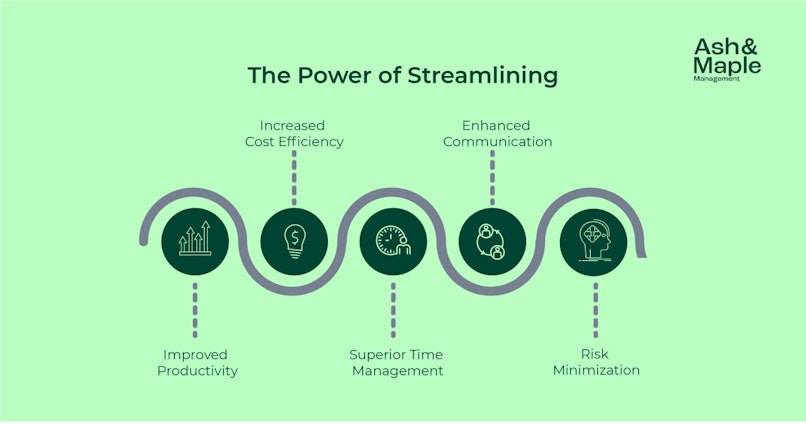
Advanced User Experience Strategies for Legal Research Tools
Utilising AI for Improved User Experience
No doubt that Artificial Intelligence (AI) is the future so how can user experiences benefit from it in the context of legal research tools?
AI can dramatically enhance this aspect by automating complex tasks, providing predictive analytics and personalized recommendations - and speeding up search times by quickly retrieving relevant information with increased precision. AI tools may even assist legal professionals find what they're searching for faster!
Examples of AI-driven UX improvements:
Predictive Search: AI algorithms can use predictive analysis to predict search queries and suggest relevant terms, making the search process faster and more efficient.
Document Analysis: Artificial intelligence software can analyze large volumes of legal documents quickly and efficiently to highlight key points, relevant case law, and key takeaways from each one.
AI can analyze user behaviours and preferences to provide tailored suggestions for further research.
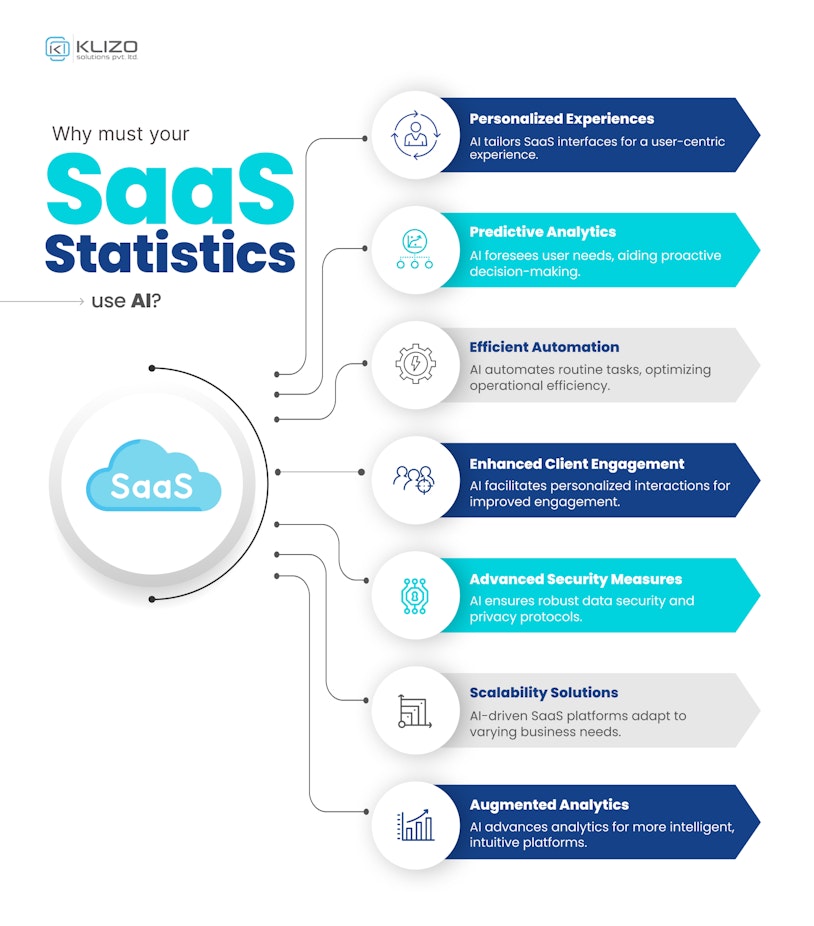
Personalized User Dashboards
Personalized dashboards provide users with a customized interface that displays relevant information and tools based on their specific needs and preferences. This can enhance productivity and satisfaction by ensuring that users have quick access to the features they use most frequently.
Designing customizable dashboards:
Widgets and Modules: Allow users to add, remove, or rearrange widgets and modules to create a personalized workspace.
Saved Searches and Alerts: Users can save their frequent searches and set up alerts for updates on specific topics.
User Preferences: Enable users to customize the appearance and layout of their dashboard, including themes, fonts, and colours.
Benefits of personalized dashboards:
Increased Efficiency: Users can access their most-used tools and information quickly.
Enhanced User Satisfaction: A personalized experience makes the tool more enjoyable to use.
Better User Retention: Customizable features can increase user loyalty and reduce churn.
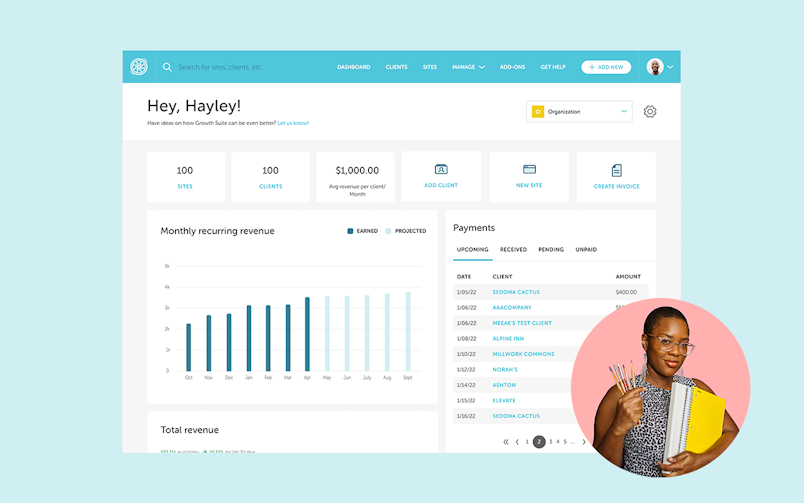
Mobile Accessibility and Cross-Platform Usability
Why is mobile accessibility crucial for legal research tools? With the increasing use of mobile devices, legal research tools need to be accessible on various platforms. The mobile-first design ensures that users can efficiently perform their tasks on smartphones and tablets, enhancing flexibility and convenience.
Best practices for mobile-first UX design:
Responsive Design: Ensure that the tool adapts seamlessly to different screen sizes and orientations.
Touch-Friendly Controls: Design interfaces that are easy to navigate with touch inputs, including larger buttons and simplified menus.
Offline Access: Allow users to download and access key information even without an internet connection.
Ensuring cross-platform usability:
Consistent Experience: Maintain a consistent user experience across different devices and platforms.
Cloud Syncing: Enable users to sync their data and preferences across devices for seamless transitions between desktop and mobile use.
Performance Optimization: Optimize the tool for fast loading times and smooth performance on all platforms.
Now let's look into some real-world applications and case studies of good UX design in legal research products.
Real-World Applications and Case Studies
Case Study 1: LexisNexis
How has this American leading data analytics company leveraged UX design to improve its legal research tool?
LexisNexis continually refined its UX design to meet the needs of legal professionals. By focusing on user-centred design principles, LexisNexis has created an intuitive and efficient platform that simplifies the research process.
Key UX strategies implemented by LexisNexis:
Advanced Search Capabilities: LexisNexis uses predictive search and AI-driven algorithms to provide relevant results quickly.
Customizable Dashboards: Users can personalize their workspace with widgets and save their frequent searches and preferences.
Data Visualization: Interactive charts and graphs help users interpret and analyze data effectively.
Impact on user engagement and satisfaction:
Increased Efficiency: Legal professionals report significant time savings due to the platform’s intuitive design and powerful search capabilities.
Higher User Satisfaction: Customizable features and personalized recommendations enhance the overall user experience, leading to higher satisfaction and retention rates.
Case Study 2: Westlaw
How has Westlaw, an online legal research service and proprietary database for lawyers and legal professionals enhanced its legal research tool?
Westlaw is another prominent legal research platform that has invested heavily in UX design to improve its usability and effectiveness. By integrating cutting-edge UX strategies, Westlaw has created a tool that meets the complex needs of legal researchers.
Key UX strategies implemented by Westlaw:
Simplified Navigation: Westlaw offers a clean and intuitive interface with easy-to-navigate menus and clear categorization of resources.
AI-Powered Tools: The platform uses AI to enhance search functionality, provide document analysis, and offer personalized content recommendations.
Mobile Accessibility: Westlaw ensures a seamless experience across devices with responsive design and mobile-optimized features.
Results and benefits observed:
Enhanced Productivity: Users benefit from faster research processes and more accurate results, leading to improved productivity.
Positive User Feedback: The platform’s focus on user-friendly design elements has resulted in high user satisfaction and positive reviews from legal professionals.

Practical Advice to Optimize Legal Research Tools UX
Conducting Comprehensive User Research
User research is integral to the UX design of legal research tools. Understanding your user's needs, behaviors, and pain points forms the basis for effective UX design; performing extensive user research helps create products that truly meet these demands.
Methods for Conducting Effective User Research for Legal UX
User Interviews: Conduct one-on-one interviews with legal professionals to gain more in-depth insights.
Surveys and Questionnaires: Use surveys to gather data from a wider audience about their experiences and preferences.
Usability Testing: Monitor users interacting with your tool to identify areas of friction and opportunities for improvement.
Contextual Inquiry: Study users in their natural environments to better understand why and how they use your product or service.
Importance of understanding user needs
Customized Solutions: Employ features and interfaces that directly address user needs.
Increased Satisfaction: Customers tend to be more satisfied when their product feels personalized for them and reduces churn.
Reduced Churn: A user-friendly product increases retention rates.
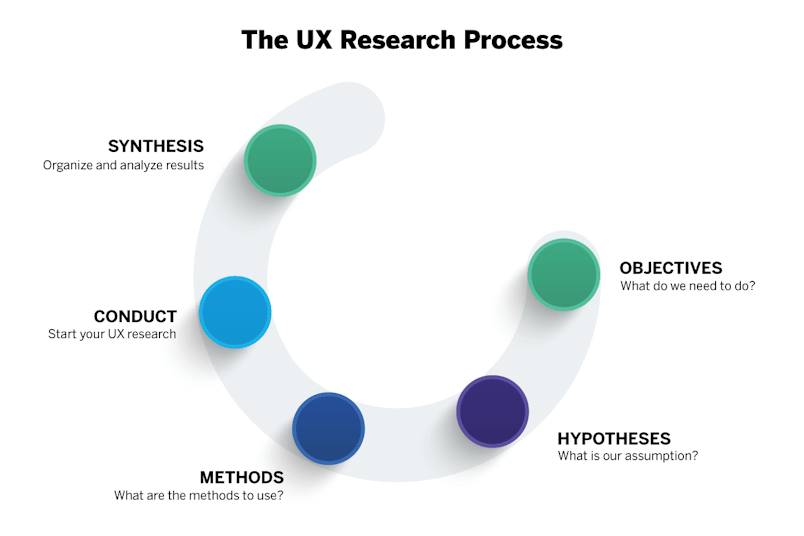
Prototyping and Iterative Design
Prototyping allows you to test and refine your design before full-scale development begins, helping identify usability issues early and resolve them more efficiently, saving both time and resources in the long run.
Benefits of prototyping:
Early Validation: Test concepts with users before committing to development.
Cost-Effective: Identify and resolve design flaws before they become expensive to fix.
User Feedback: Gather valuable feedback during the early stages of design.
Iterative design process:
Create Prototypes: Develop low-fidelity (wireframes) and high-fidelity (interactive) prototypes.
Conduct User Testing: Test prototypes with real users to gather feedback.
Refine and Repeat: Use feedback to make improvements and test again, iterating until the design is optimal.
Continuous User Feedback and Updates
User needs and expectations change over time, making continuous feedback crucial in keeping your product relevant and effective for users. Regular updates based on user input ensure the latest version remains user-friendly and up-to-date.
Strategies for regular updates based on user input:
Feedback Loops: Establish channels for users to provide ongoing feedback, such as in-app surveys or user forums.
Regular Updates and Improvements: Implement regular updates and enhancements based on user input.
User Analytics: Utilize analytics to measure how users engage with your tool and identify areas for improvement.
Importance of ongoing feedback:
Adaptability: Stay ahead of user needs and market trends.
User Engagement: Regular improvements based on user input enhance engagement and satisfaction.
Competitive Edge: Continuously improving your product helps maintain a competitive advantage.
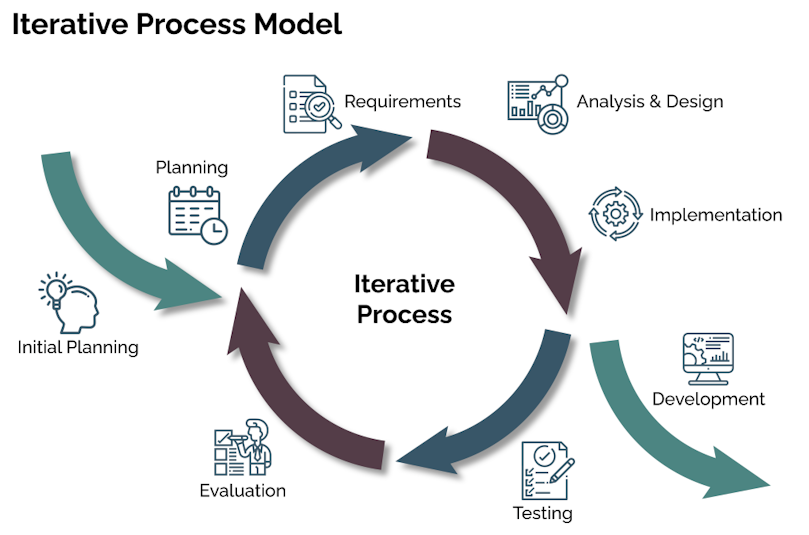
Conclusion
Let's Recap the Key Insights
Throughout this guide, we've explored how exceptional UX design can transform legal research tools, making them more efficient, user-friendly, and effective. Key takeaways include:
Redefining Legal Research through UX: UX design has revolutionized legal research tools, making them more intuitive and accessible.
Importance of a Seamless User Experience: Intuitive navigation, efficient search functionality, and clear information presentation are crucial for user satisfaction and productivity.
Core Elements of UX Design: Intuitive navigation, efficient search capabilities, and data visualization are essential components of effective UX design in legal research tools.
Enhancing Efficiency: Streamlining research processes, reducing cognitive load, and incorporating gamification can significantly improve the user experience.
Advanced UX Strategies: Leveraging AI, creating personalized dashboards, and ensuring mobile accessibility are advanced strategies that can enhance the user experience.
Practical Tips for Improvement: Conducting comprehensive user research, prototyping and iterative design, and continuous feedback and updates are vital for maintaining and improving UX.
Are you ready to elevate your legal research product with top-notch UX design? At Adam Fard UX Studio, we specialize in creating intuitive, efficient, and user-friendly legal research tools. Our proven strategies and comprehensive approach ensure your product stands out in a competitive market.
Take the first step towards transforming your legal research product. Book a free consultation with us today and discover how our UX design services can help you create an exceptional user experience that drives efficiency and satisfaction.
Explore our UX/UI Design Services and learn more about our successful UX Projects to see how we can assist you in achieving your goals. Let’s work together to create a product that not only meets but exceeds user expectations.





